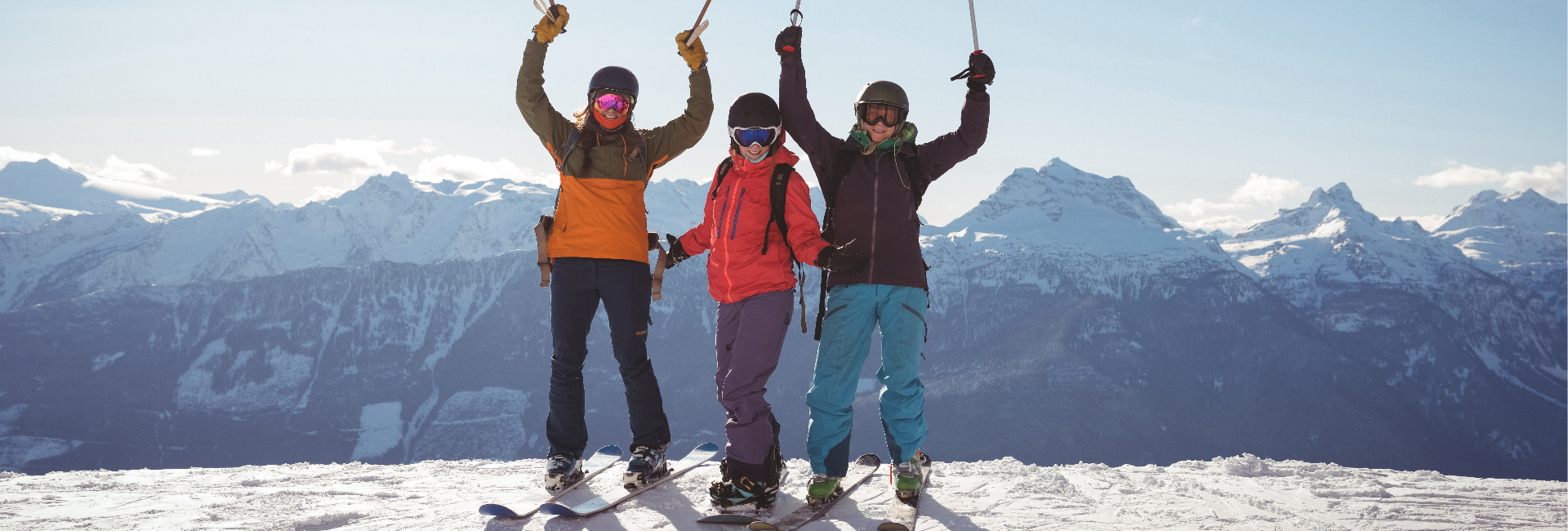The ski season is now well underway and hopefully everyone has been enjoying the slopes. One of the most important components of having a successful ski season is spending some time doing some pre-season ski conditioning. However, if you did not have the chance to do this, and now you are starting to notice some nagging issues in the knees, fear not, there is still something you can do.
The exercises that are helpful to condition the legs for skiing can also be used to address pain and mild injuries mid-season. While not recommended for traumatic injuries or moderate to severe problems, they can improve mild persistent soreness at the knees.
It may be necessary to rest the knees for a few days up to a week to allow initial irritation to calm down. This relative rest would involve refraining from skiing or other athletic activities, just until it is not painful to perform these exercises. The exercises are designed to build off of each other. If you have not done them before, perform the first one for a few days until it becomes painless and only minimally challenging. Then the second one can be added. Continue this progression until you have incorporated all four. Be sure not to progress through pain.
Once you have mastered all four of these exercises, continue to perform them 2-3 times a week throughout the ski season. Again, do not push through pain with these.
For more significant pain problems, acute trauma or if you are unable to perform these moves pain-free, please follow up with your physical therapist or other health care provider.
Happy skiing!
